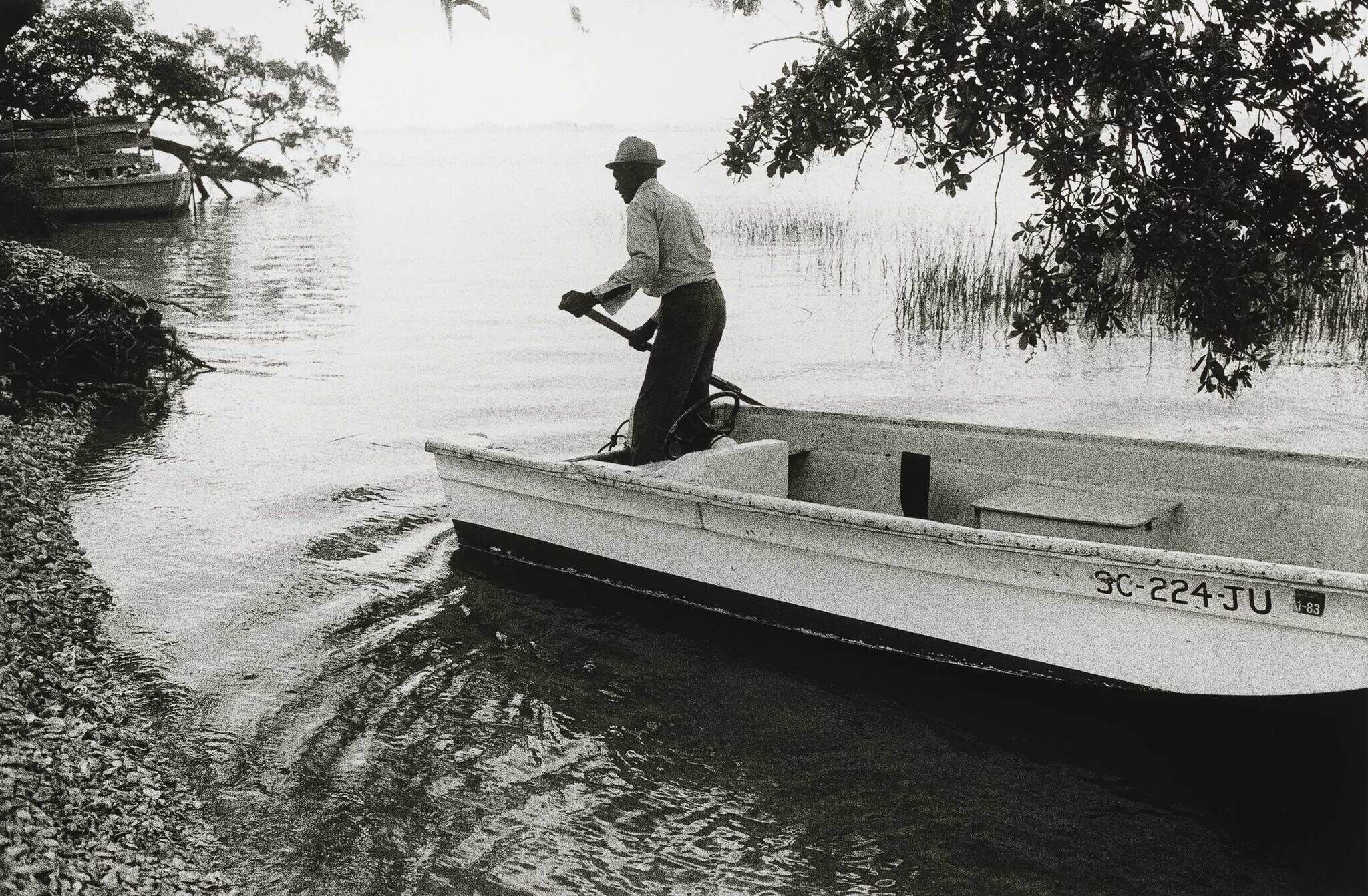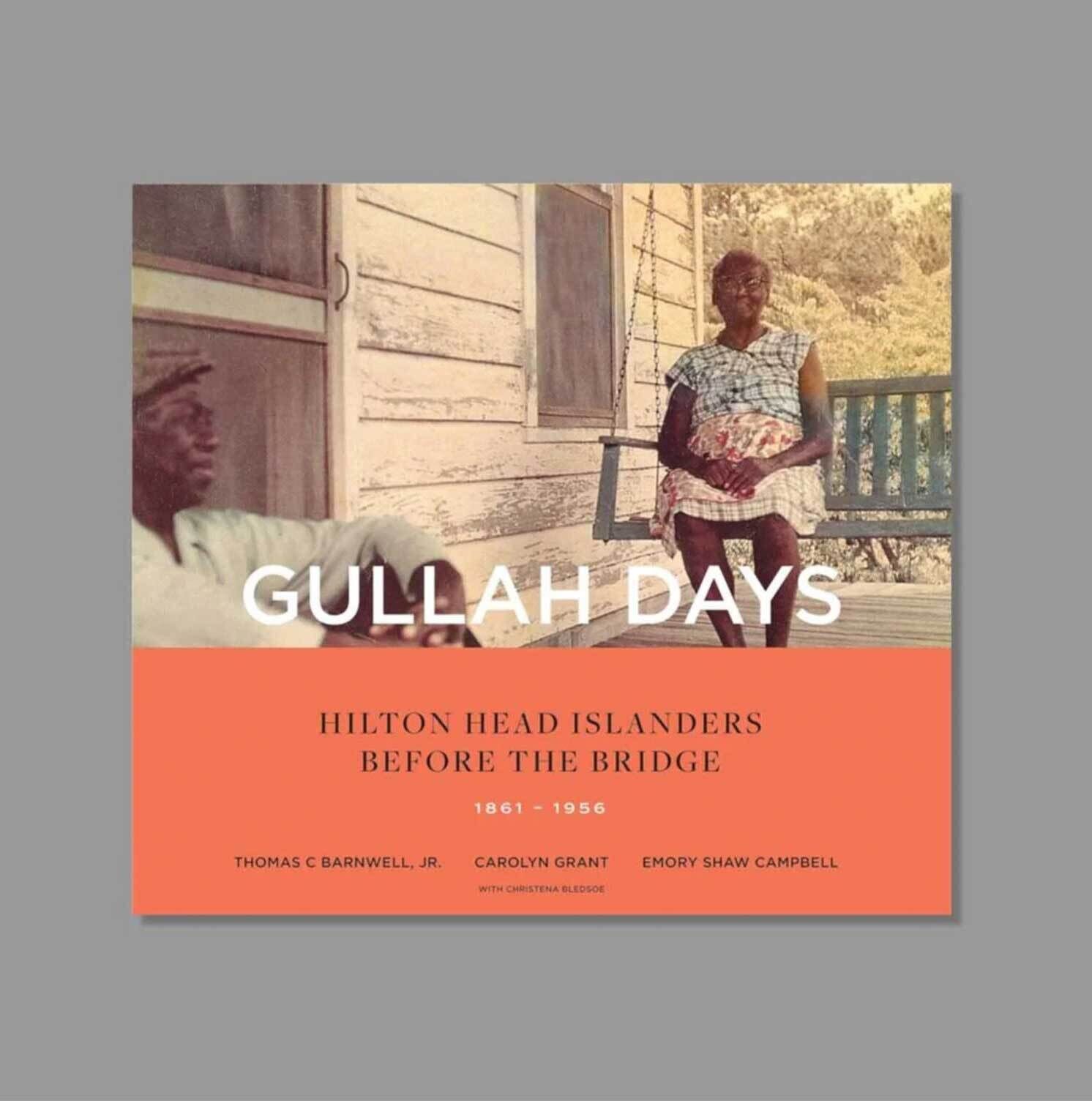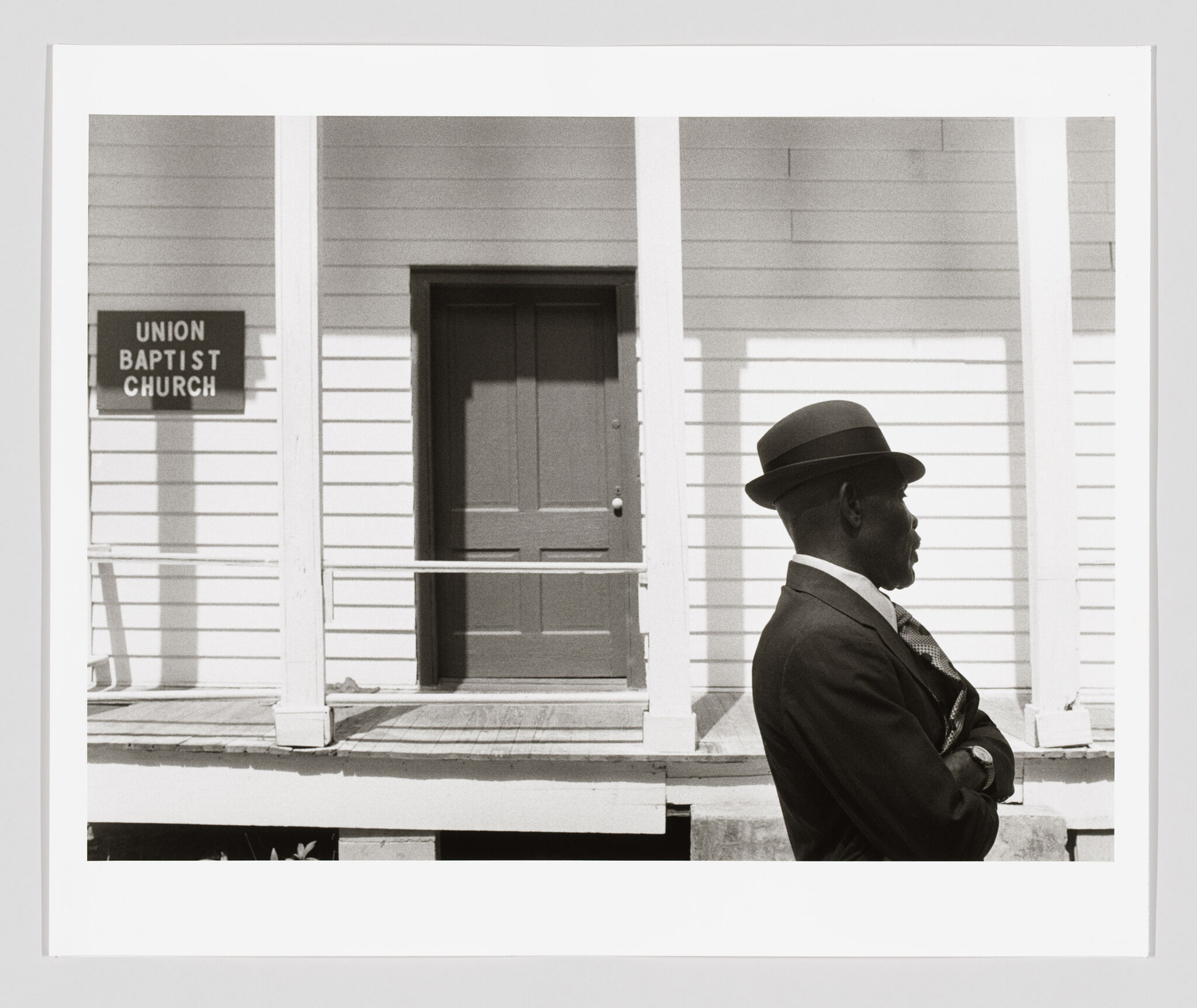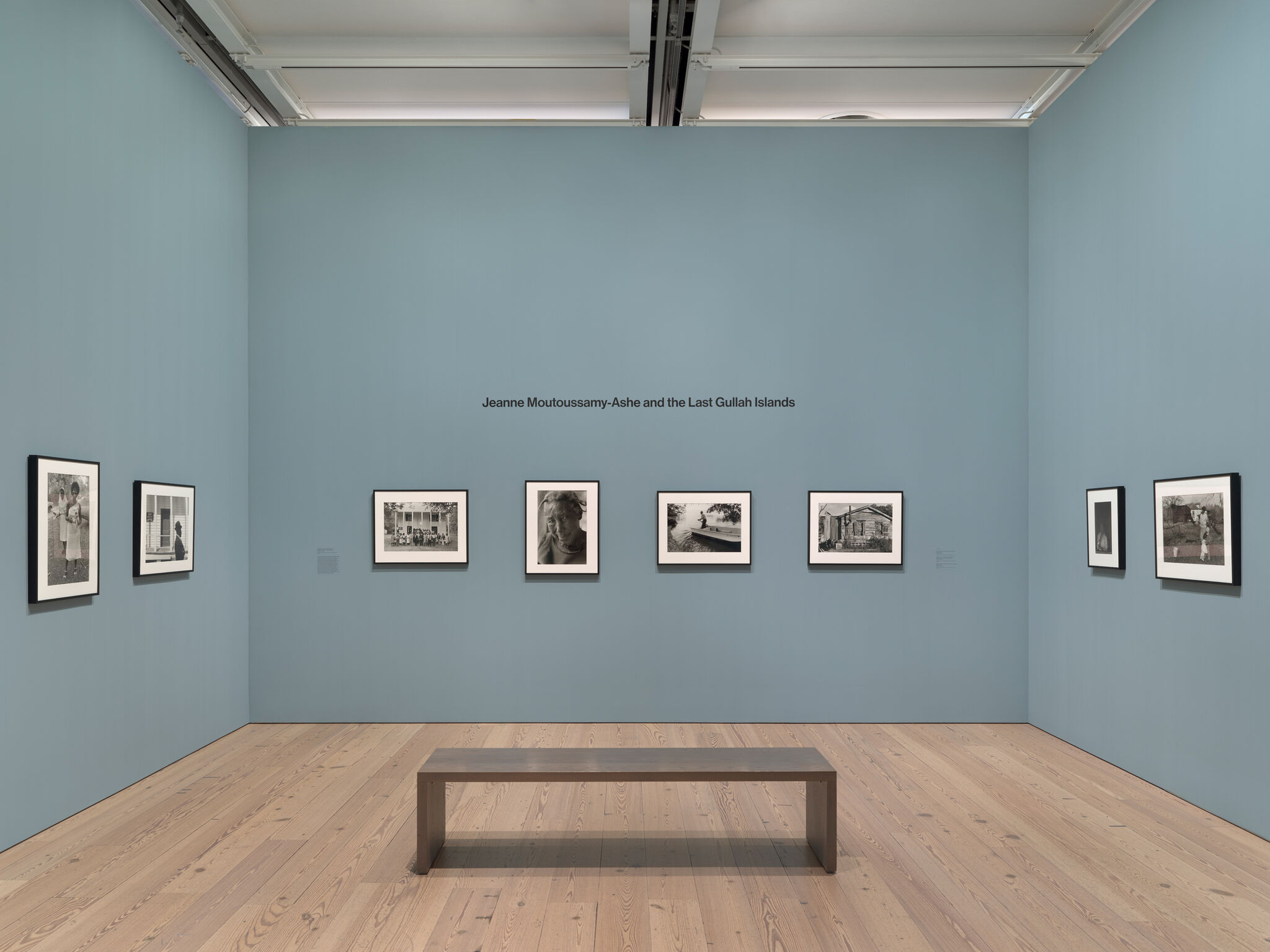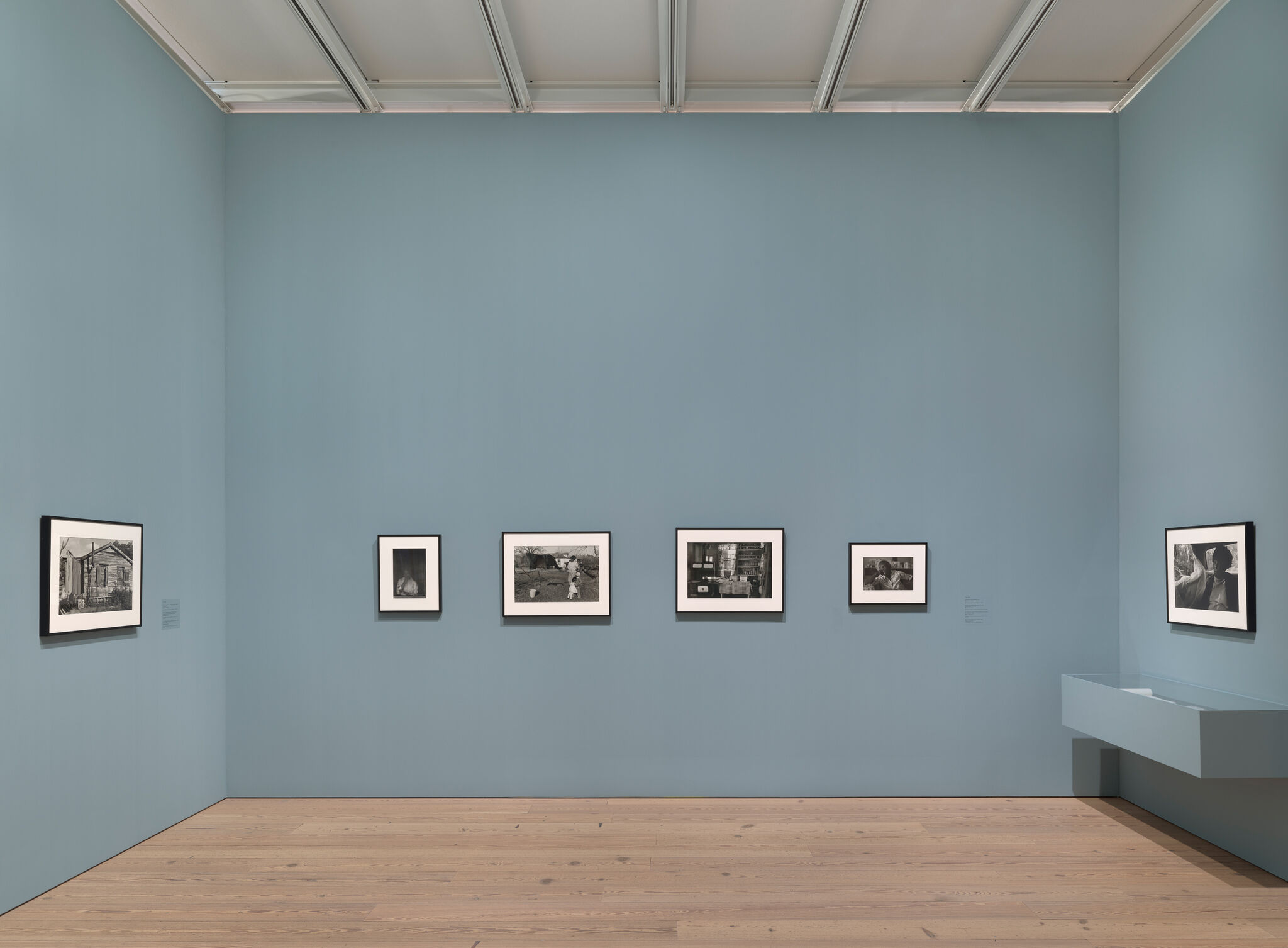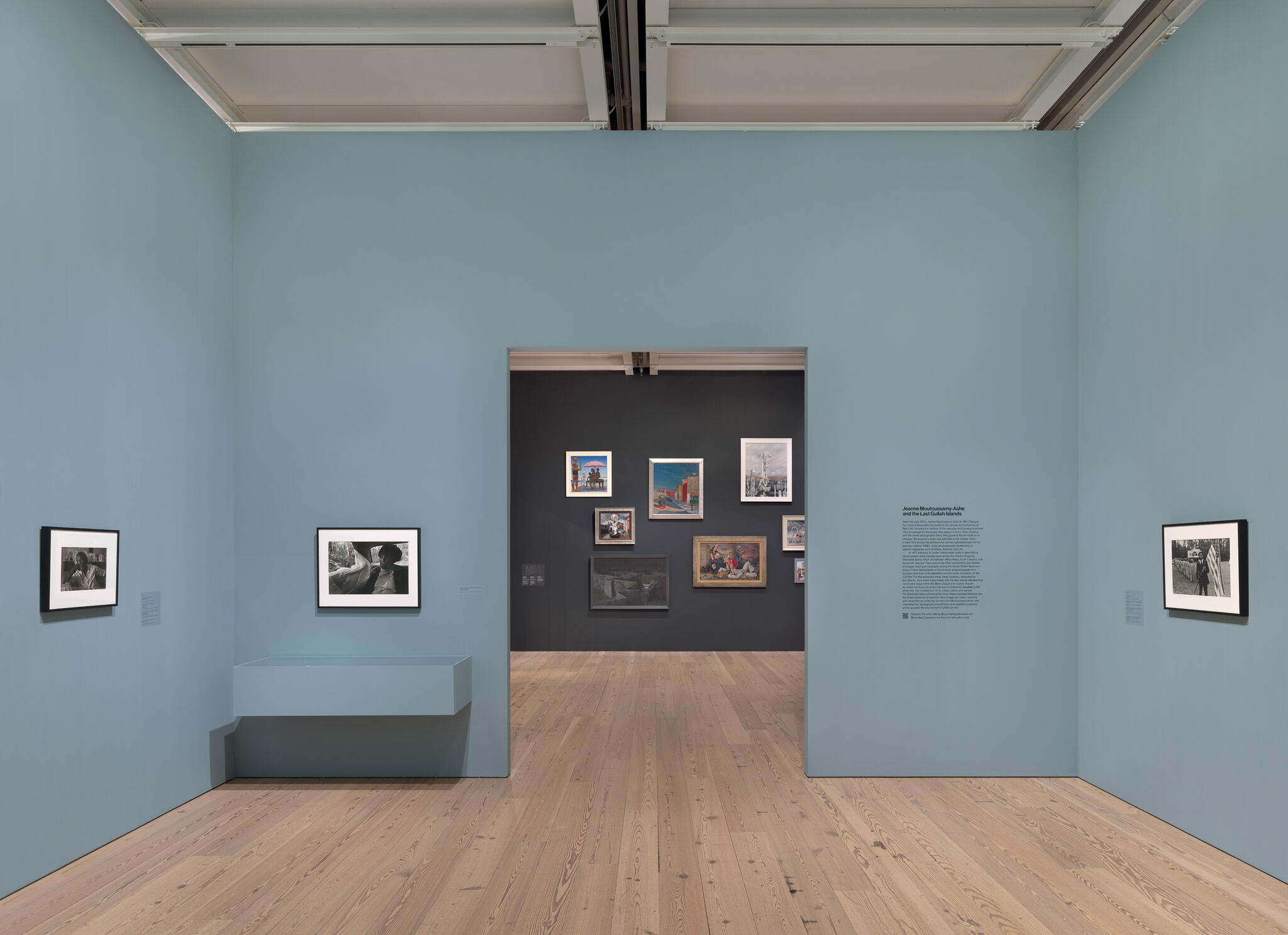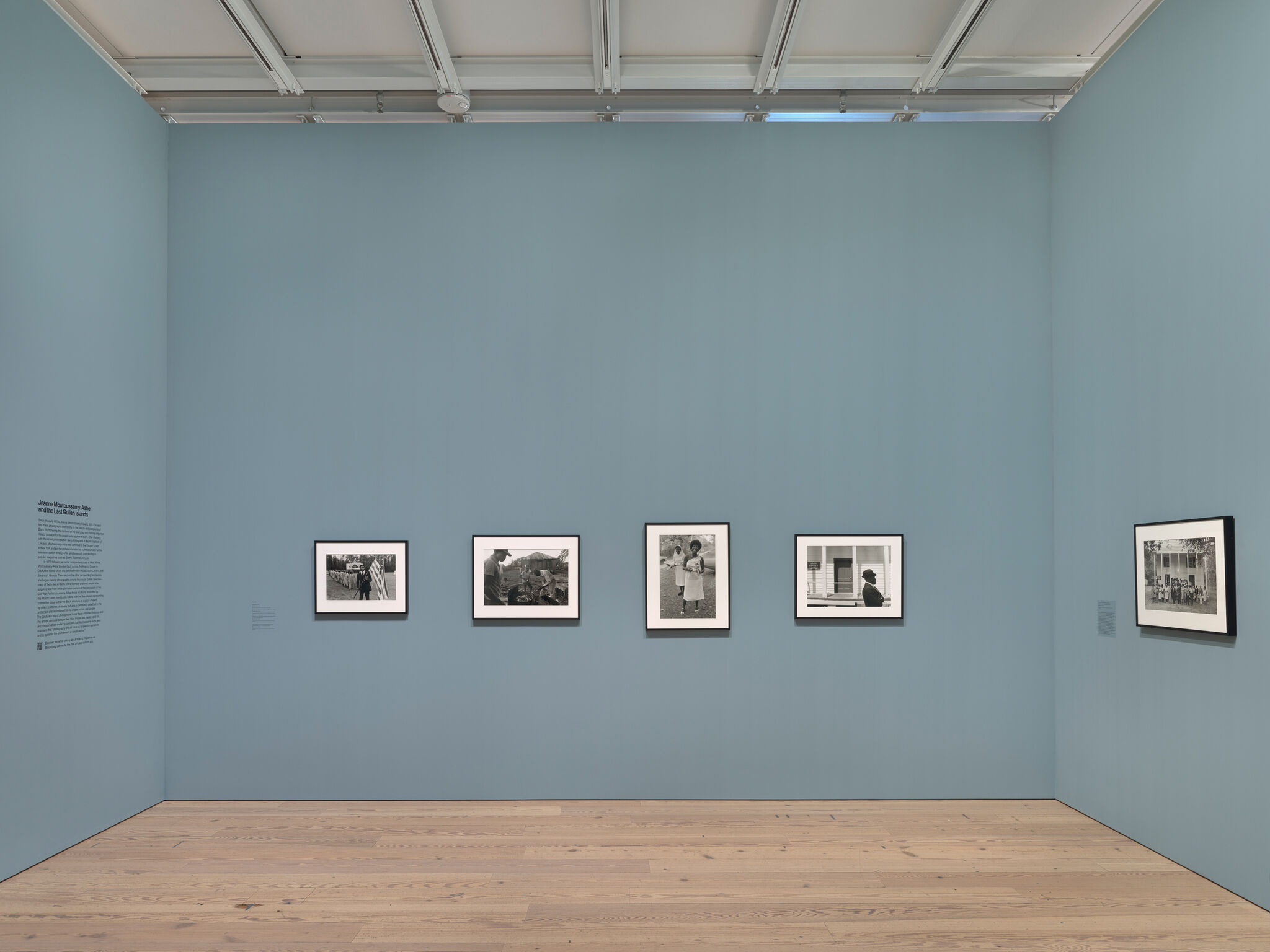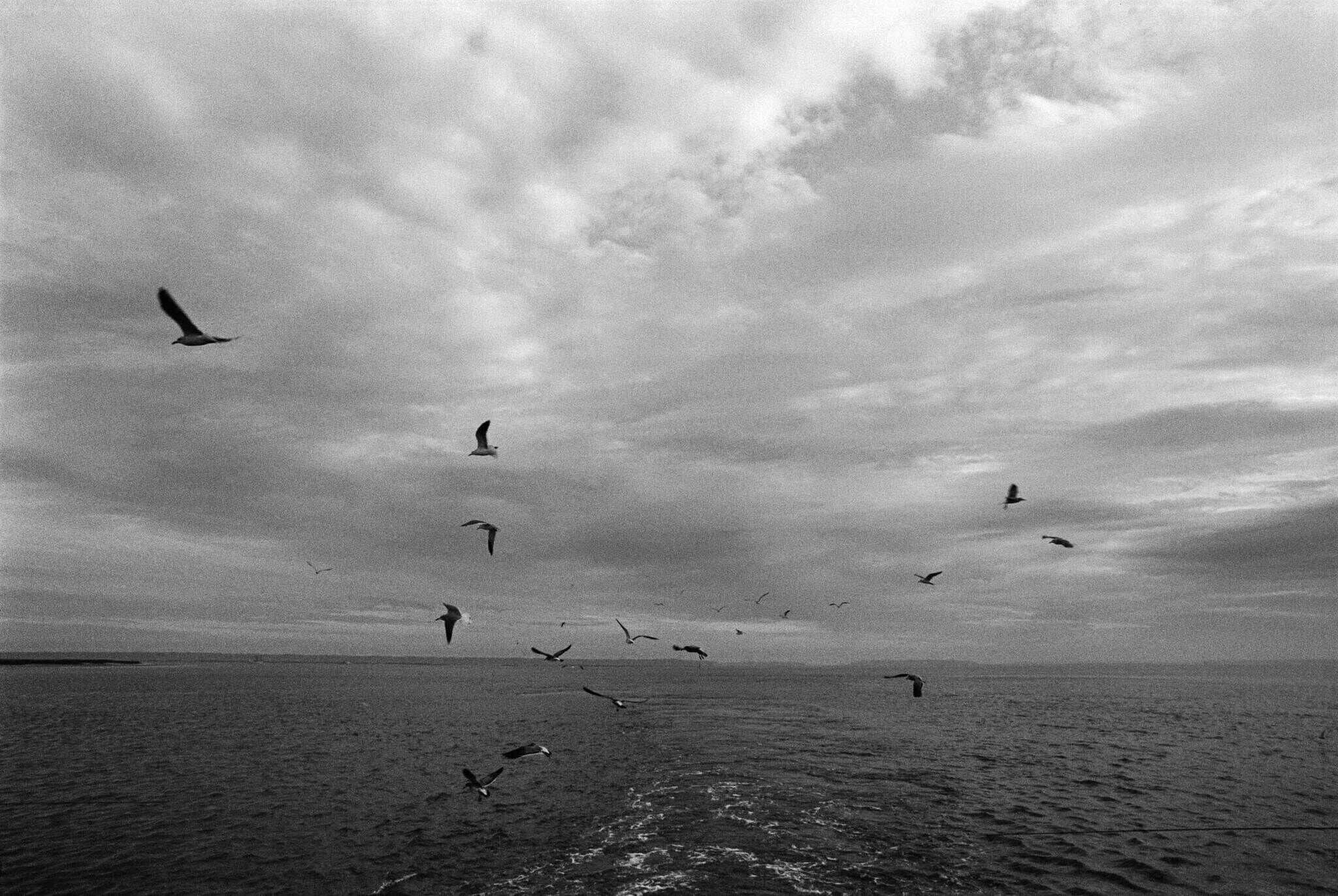Jeanne Moutoussamy-Ashe and the Last Gullah Islands
Dec 5, 2024–May 1, 2025
Jeanne Moutoussamy-Ashe and the Last Gullah Islands
Since the early 1970s, artist, activist, and scholar Jeanne Moutoussamy-Ashe (b. 1951, Chicago, IL; lives and works in South Kent, CT) has made photographs that testify to the beauty and complexity of Black life, honoring the rhythms of the everyday and marking important rites of passage for the people who appear in them.
In 1977, following an earlier six-month independent study in West Africa, Moutoussamy-Ashe traveled back across the Atlantic Ocean to Daufuskie Island, which sits between Hilton Head, South Carolina, and Savannah, Georgia. There and on the other surrounding Sea Islands, she began making photographs among the Gullah Geechee—many of them descendants of the formerly enslaved people who acquired land from white plantation owners when they fled at the conclusion of the Civil War. For Moutoussamy-Ashe, these places, separated by the Atlantic, were inextricably linked, with the Sea Islands representing connective tissue within the Black diaspora; a place shaped by violent centuries of slavery and a community steadfast in the protection and nourishment of its unique culture and people. The Daufuskie Island photographs honor these entwined histories and the artist’s personal perspective. How images are made, cared for, and consumed are enduring concerns for the artist, who maintains, “Photography should force us to question ourselves and to question the environment in which we live.”
Drawn from the Whitney’s collection, this focused presentation includes a selection of Moutoussamy-Ashe’s black-and-white Daufuskie Island photographs and the artist’s related publications. Portraits of children and elders, images of homes and the shoreline, people at work and at rest, and church services together form an impression of a community—and a place—on the cusp of great change.
Jeanne Moutoussamy-Ashe and the Last Gullah Islands is organized by Kelly Long, Senior Curatorial Assistant.
Gullah Days: Hilton Head Islanders Before the Bridge 1861-1956
The three authors of Gullah Days: Hilton Head Islanders Before the Bridge 1861-1956 are descendants of Gullah people, and in this book, they chronicle the amazing history of their secluded community from the Civil War through the 1950s, when real estate development connected Hilton Head Island to the mainland with a bridge.

